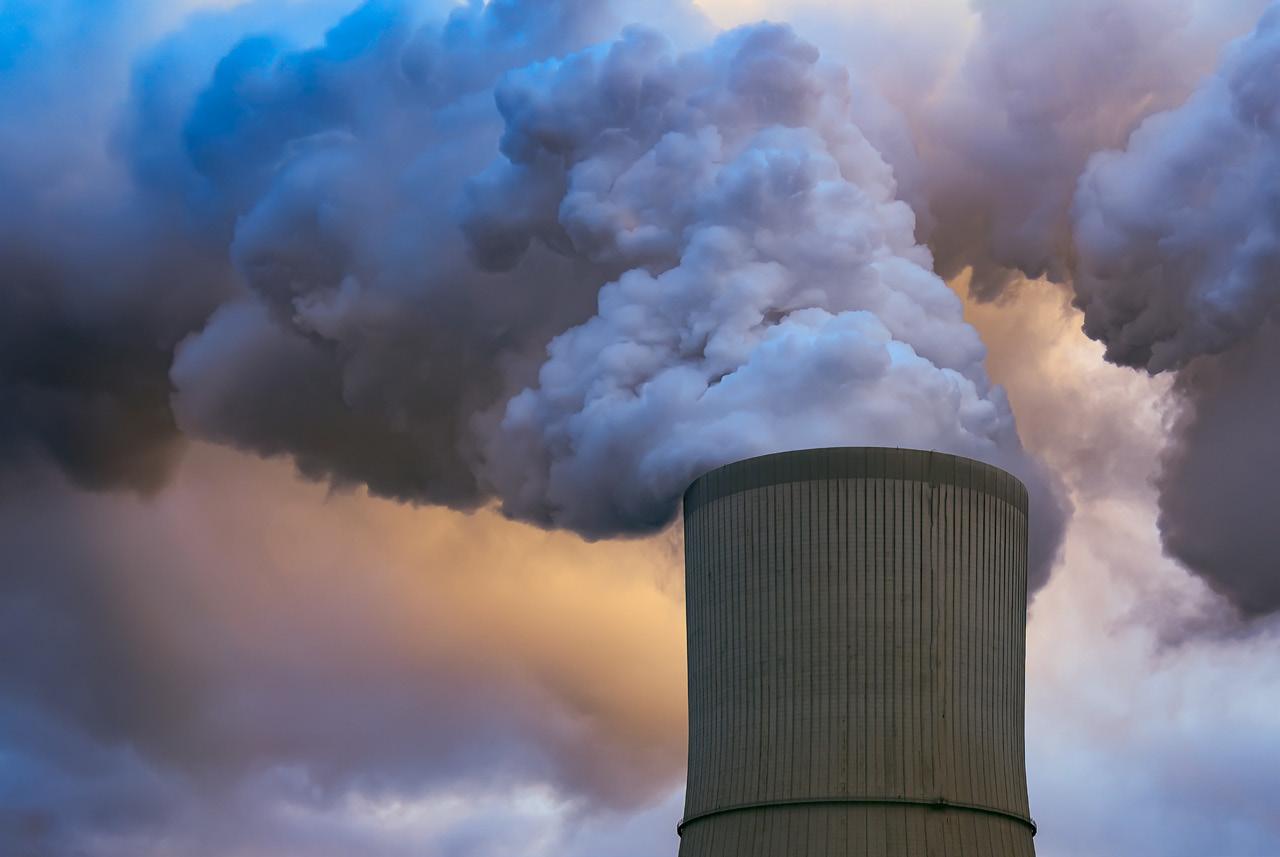
6 minute read
This is the reason why Refis Continue
THIS IS THE REASON WHY REFIS CONTINUE TO DOMINATE MORTGAGE APPS
The last report of the Mortgage Bankers Association (MBA) in 2020 revealed that refinancing represented almost threequarters of application activity in the week ending on December 18, 2020, while purchase applications dropped. During the same period, MBA’s Market Composite Index which measures the volume of mortgage loan applications recorded a 0.8% increase on a seasonally adjusted basis from the previous week and was up by 1% on an adjusted basis.
Moreover, the Refinance Index surged by 4% from the previous week and was 124% higher than the same time the previous year. Additionally, the refinance share of mortgage activity surged by 74.8% of total applications from 72.7% the previous week. On the other hand, the seasonally adjusted Purchase Index plunged by 5% from the previous week and was 7% lower when unadjusted. Purchase activity was also 26% higher than during the same week the previous year.
“Mortgage rates are closing the year at record lows. The 30-year fixed-rate - at 2.86 percent - is a full percentage point below a year ago,” said Joel Kan, MBA’s Associate Vice President of Economic and Industry Forecasting. “Last week’s increase in refinance applications was driven by FHA and VA activity, while conventional refinances saw a slight decline. Overall refinance activity was 124 percent higher than in 2019, as borrowers continue to seek lower monthly payments or different loan terms.”
More people are opting to refinance for their homes due to the historically low mortgage rates. No one wants to be left behind from this once-in-alifetime opportunity. “Purchase applications decreased for the second time in three weeks, as both conventional and government applications saw a drop-off. Despite the decline, purchase applications remained 26 percent higher than the same week a year ago, and the average loan balance reached another record high,” Joel says.
“There are still signs of relative strength in the housing market as 2020 ends,” he adds. “However, housing affordability will be worth monitoring next year. The lower loan size

segment of the market - particularly for entry-level and first-time buyers - continues to be impacted by rapidly increasing home prices and tight inventory.”
In the same period, home prices and the average balance of all loans were surging. FHA share of total applications rose to 11.5% from 11% the previous week. The VA applications increased from 12.1% to 13.8%, while the USDA retained the previous week’s share of 0.4%.
The average contract interest rate for 30-year-fixed rate mortgages (FRM) with balances not exceeding the conforming limit of $510,400 rose by 0.01% to 2.86%, with points remaining unchanged at 0.33%, while the effective rate was 2.95%. On the other hand, rates for jumbo 30-year FRM with balances above the conforming limit dropped by 0.02% to 3.10%, with points falling from 0.33 to 0.2 and the effective rate at 3.19%. For 30-year FRM insured by the FHA, the average rate was 2.90% with 0.32 points, representing a drop from 2.96% and 0.42 points the previous week.
Elsewhere, 15-year FRM had average rate fell to 2.43% from 2.49% the previous week. Points dropped to 0.28 from 0.29, positioning the effective rate at 2.50%. For five and one adjustable-rate mortgages (ARMs), the rate rose to 2.71% from 2.58%, with points rising 0.36 to 0.48, putting the effective rate at 2.89%. On the other hand, ARM’s activity share surged to 1.9% from 1.8% of total applications.
Work cited.
http://www.mortgagenewsdaily.com/12232020_applications_ forbearance.asp.
COMMUNITIES OF COLOR ARE MEANT TO BE GETTING MONEY TO REDUCE POLLUTION? WHERE IS IT?

California has been the leading face for environmental regulations in the country. This state was the first to pass air pollution control policies and has continued to advance environmental regulations around air toxins, emissions controls, and water; this paved the way for further Federal regulations, which has preserved residents’ health for many decades. California continues to take it one step further by reducing greenhouse gas emotions before the deadline set for 2020.
Although this state is one of the leading voices when addressing climate change issues, it has been quite unsuccessful in helping the local communities that are more affected by these environmental issues. In 2012, California passed Senate Bill 535, which directed that 25% of the proceeds made from the cap and trade program should be diverted to projects that would be advantageous to the communities most affected by the apparent lack of resources and pollution. Investment in these projects was supposed to be for the improvement of the public health, quality of life, and also to increase the economic opportunity in the most affected communities in California. The state hoped to achieve this while also reducing the pollution that led to climate change.
Although all these promises sound good, the state has been quite slow to actually take action to the effect of this promise. After the bill was passed, it took five years before the list of communities that were eligible to benefit from these investments was released. These chosen communities were picked out with the use of empirical tools that took measurements of the level of pollution levels in each area in California. The socio-economic vulnerability of the population residing in the area was also noted before the list was released. Because of how long it took the state to choose these communities, many of them haven’t received any funding from the government that would help to combat the pollution issues in the community. San Ysidro is one of the neighborhoods that has been affected by climate changes; residents of this community continue to face high unemployment rates and housing issues. Air pollution is rampant in the area, and the state was ranked amongst the worst communities for auto-traffic pollution. Many organizations in San Ysidro are continually striving to fight the environmental issues, and one of these organizations received some funding from the cap and trade program to help fight the pollution in the area.
The main problem these communities face is that focus is being placed on measuring the level of pollution in the area. This is quite unnecessary as it is already clear that these communities have a high level of pollution. These communities really need adequate funding to efficiently fight pollution issues, and they are yet to receive the funding to begin this action. One step towards achieving this would be solving the issue of racial inequity.
The census tract found that areas with Latinx residents were more polluted even after other factors like poverty, education, unemployment, housing costs have been adjusted. About 20% of the pollution burden can be predicted based on the number of Latinx residents in the area. This shows that there is an absolute lack of investment in Latinx neighborhoods. This is because the Latinx residents are underrepresented in the government, which has compounded their issues and continue to lead them to be exposed to pollution.
CalEPA acknowledged in recent years the apparent impact of environmental pollution on colored Californians, but there is yet to be any real action being taken to fix this problem. While documenting this problem is a vital step, there is a need to take action and also seek investment in the community to help mitigate the harm that these communities face every day with every single breath of theirs.
Reference
https://www.calhealthreport.org/2020/12/15/communitiesof-color-are-supposed-to-be-getting-state-money-to-reducepollution-where-is-it/











